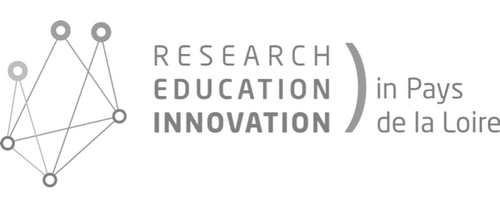Objective(s) of the trial
Brugada syndrome is an inherited arrhythmia syndrome with an increased risk of syncope and sudden death resulting from episodes of polymorphic ventricular tachychardia and fibrillation. Currently, there is no medical therapy for the Brugada syndrome and the only treatment available is the implantation of an ICD.
There is no discussion on the interest of the ICD implantation in secondary prevention and in patients who experienced syncope but the best therapeutic is more difficult to draw in asymptomatic patients. Recently we demonstrated that in asymptomatic patients with a spontaneous type 1 aspect of Brugada syndrome, (i) there was a significant risk of ventricular arrhythmia, (ii) the problem of inappropriate shocks can be solve with a good ICD programming and (iii) the problem of lead failure remains the main problem in this young population very active and represent the main limitation to larger indication of ICD implantation in this population with a very long life expectancy as these patients had a normal life expectancy except the risk of ventricular arrhythmia.
In this context the S-ICD System (Boston Scientific Inc.) which is an implantable defibrillator technology that treats ventricular tachyarrhythmias using a subcutaneous pulse generator and electrode system rather than a transvenous lead system, represents a very attractive opportunity as it gives the possibility to protect the patients of the risk of ventricular arrhythmia with no risk of lead failure. However, as this is a new technology and as Brugada syndrome patients are a very specific population (very active patients, specific and changing over time ECG aspect that is at risk of T wave over sensing and high risk of SVT), it seems important to evaluate the effectiveness and the safety of S-ICD in this specific context.
Trial status
Recruiting

